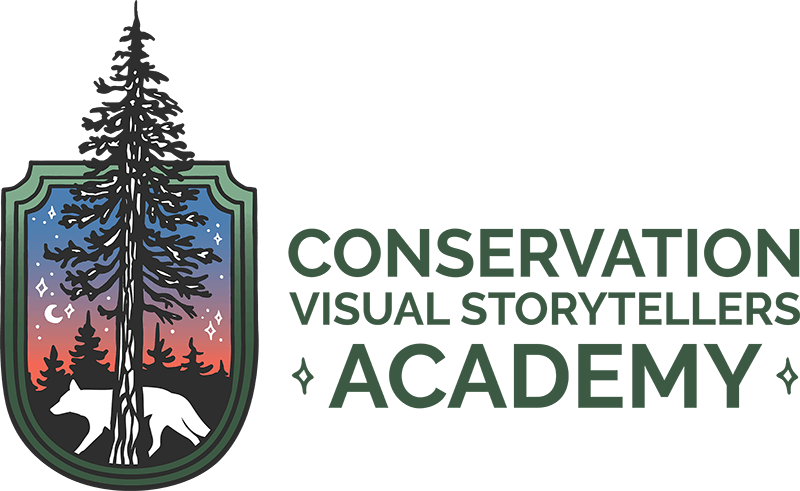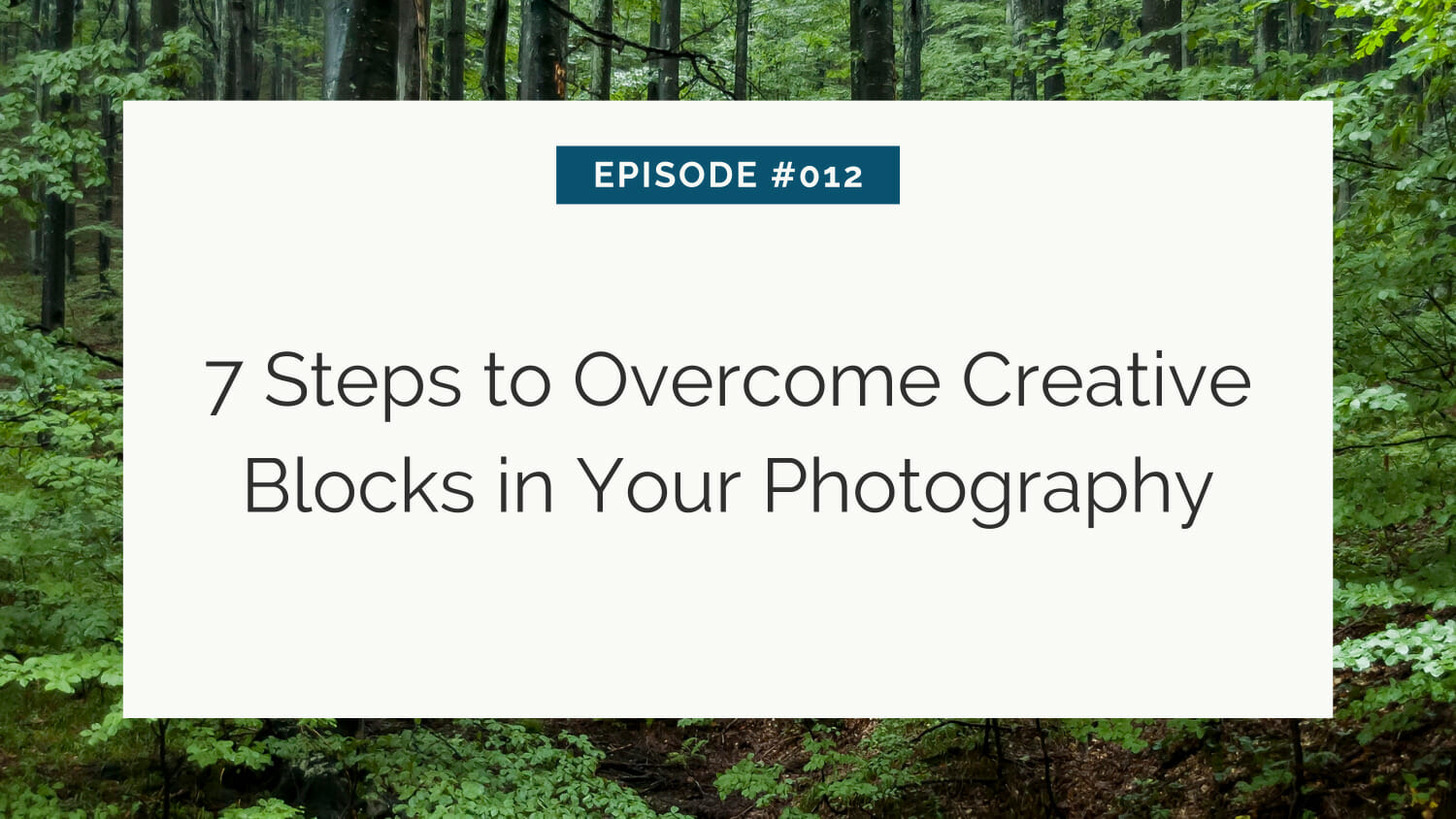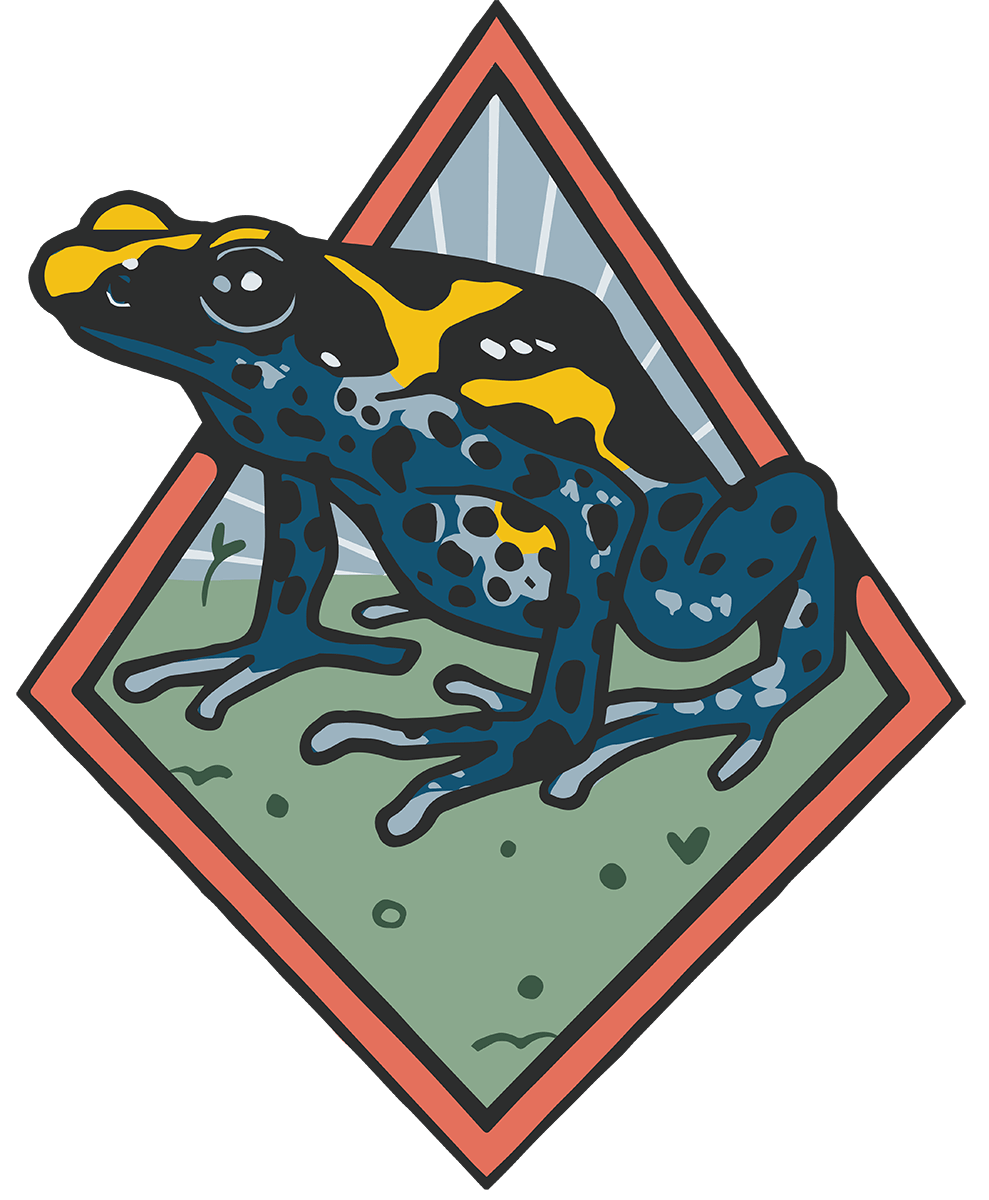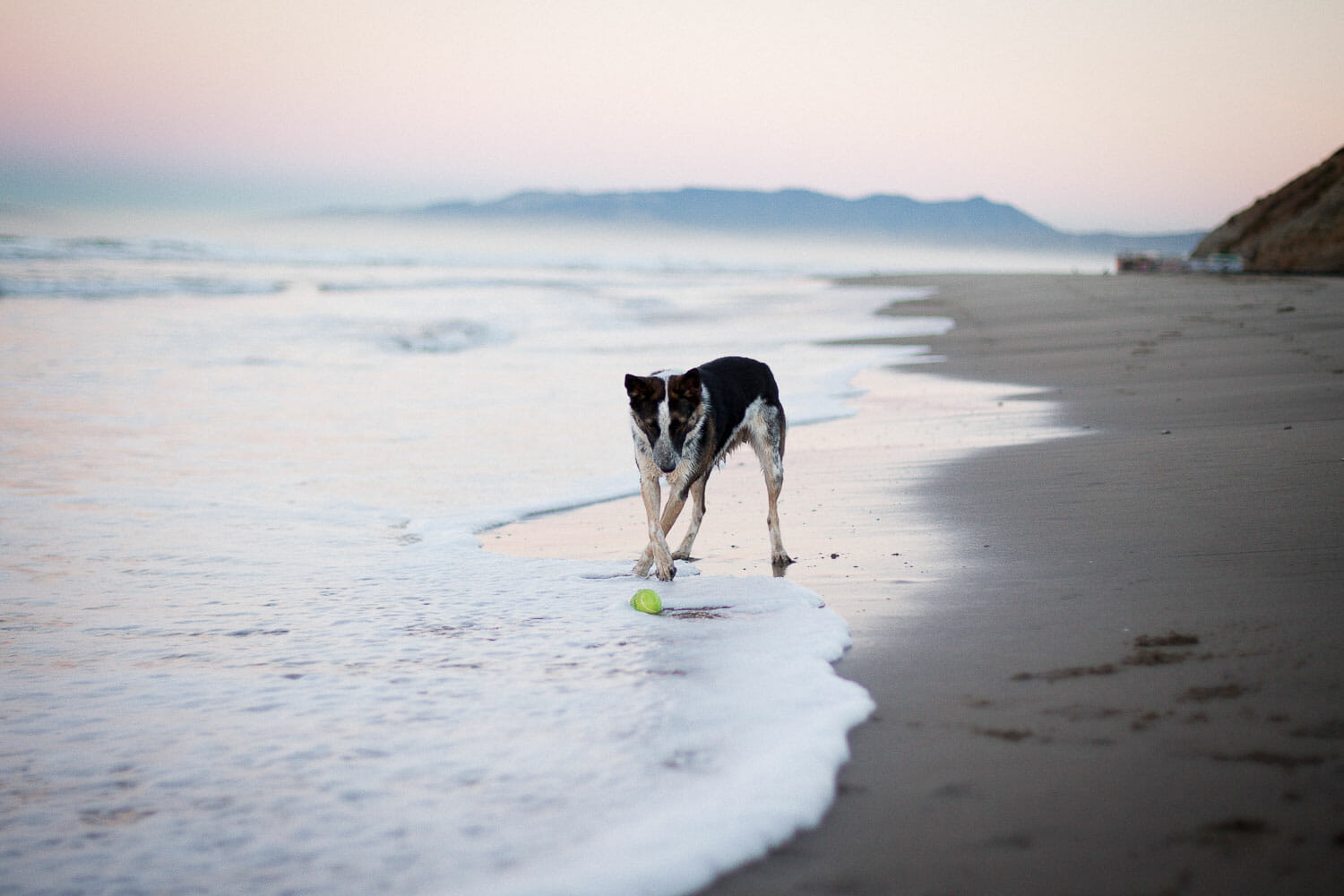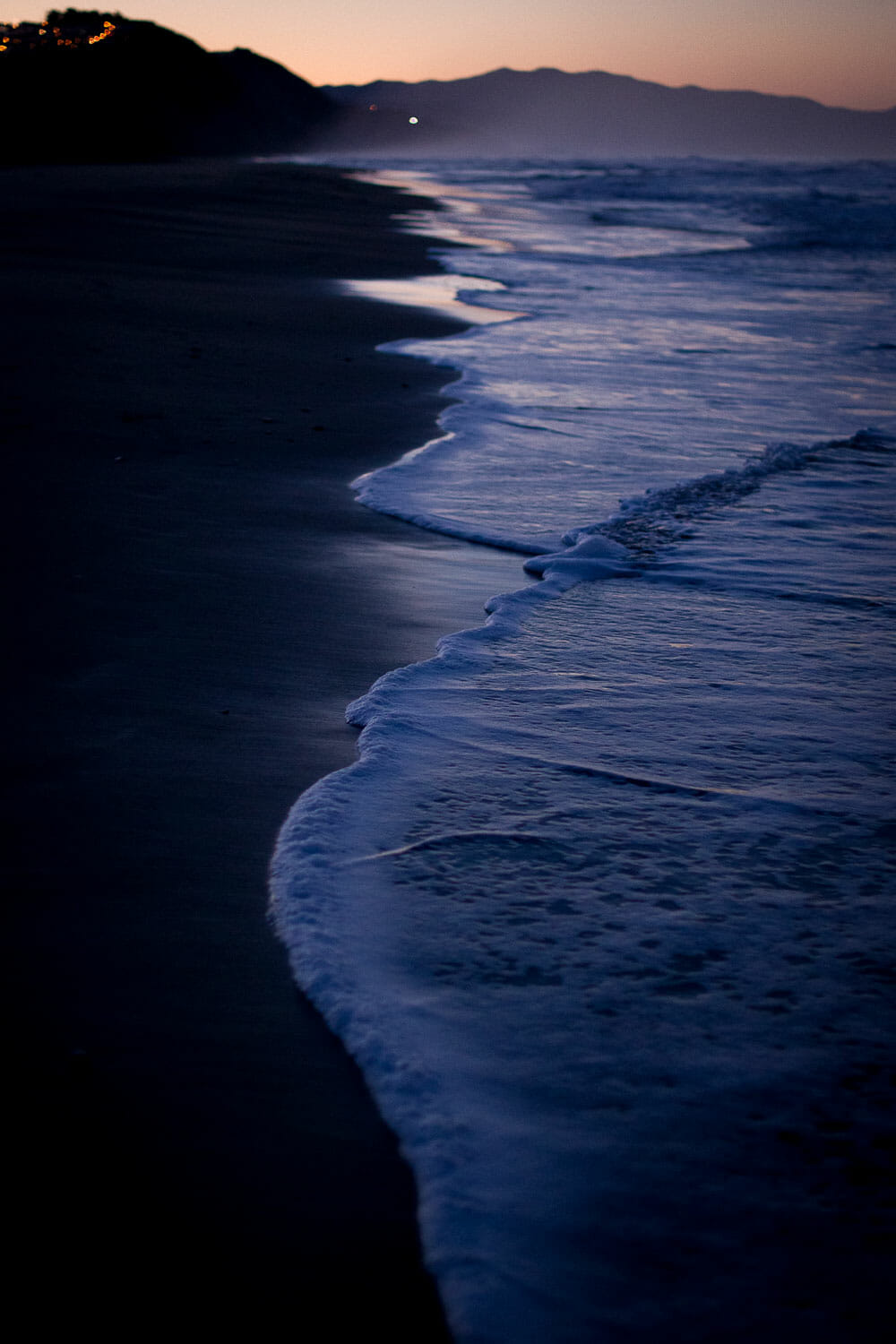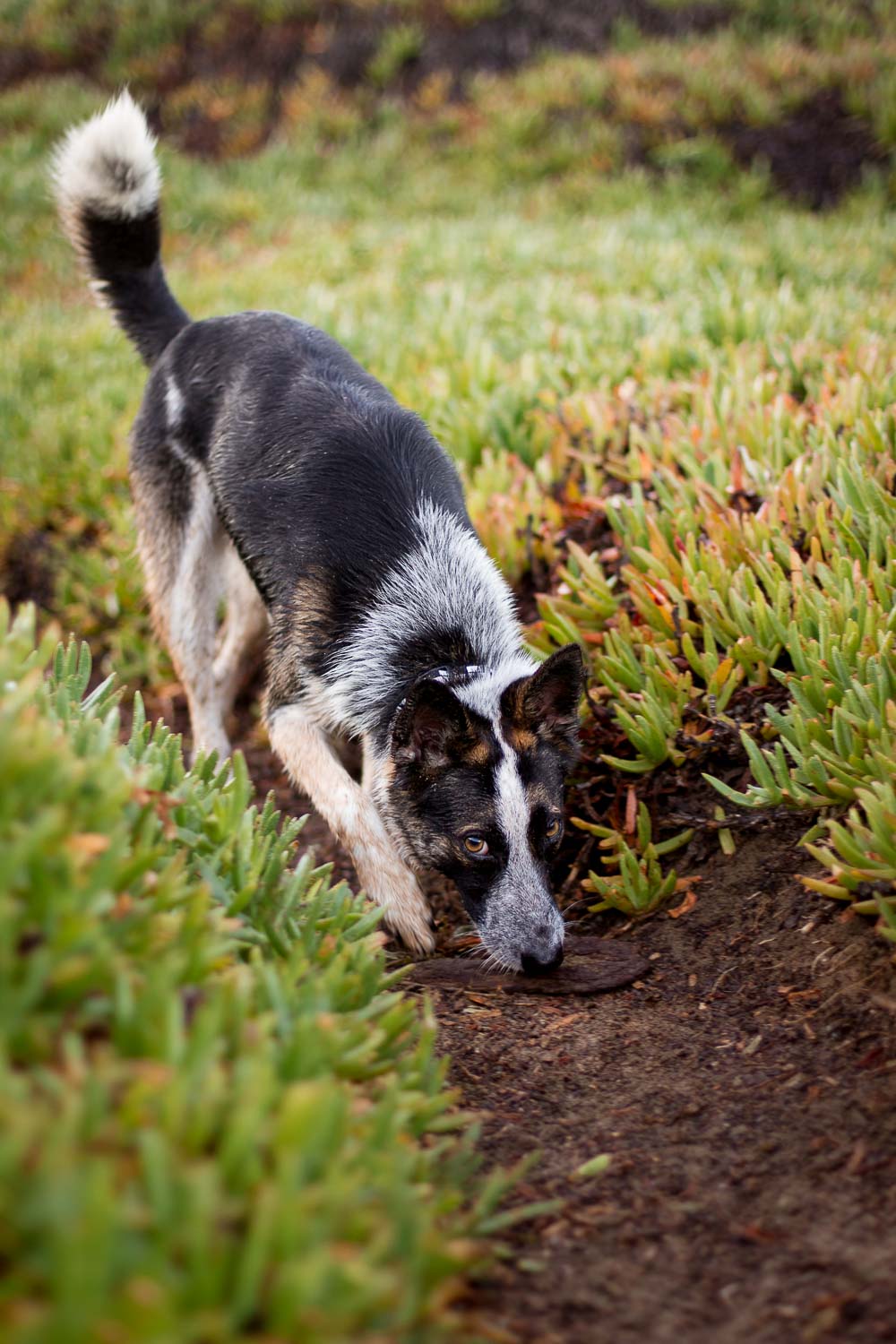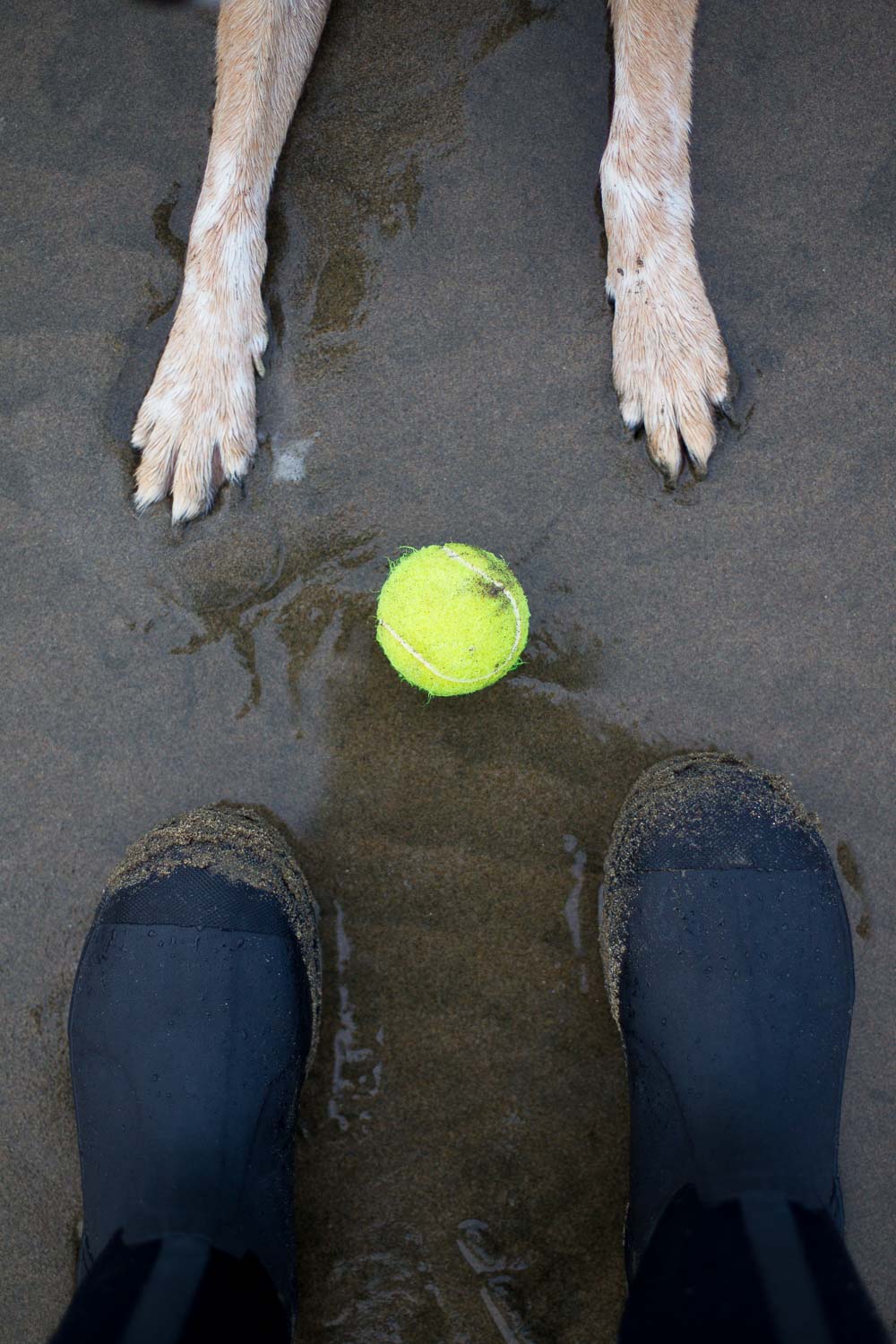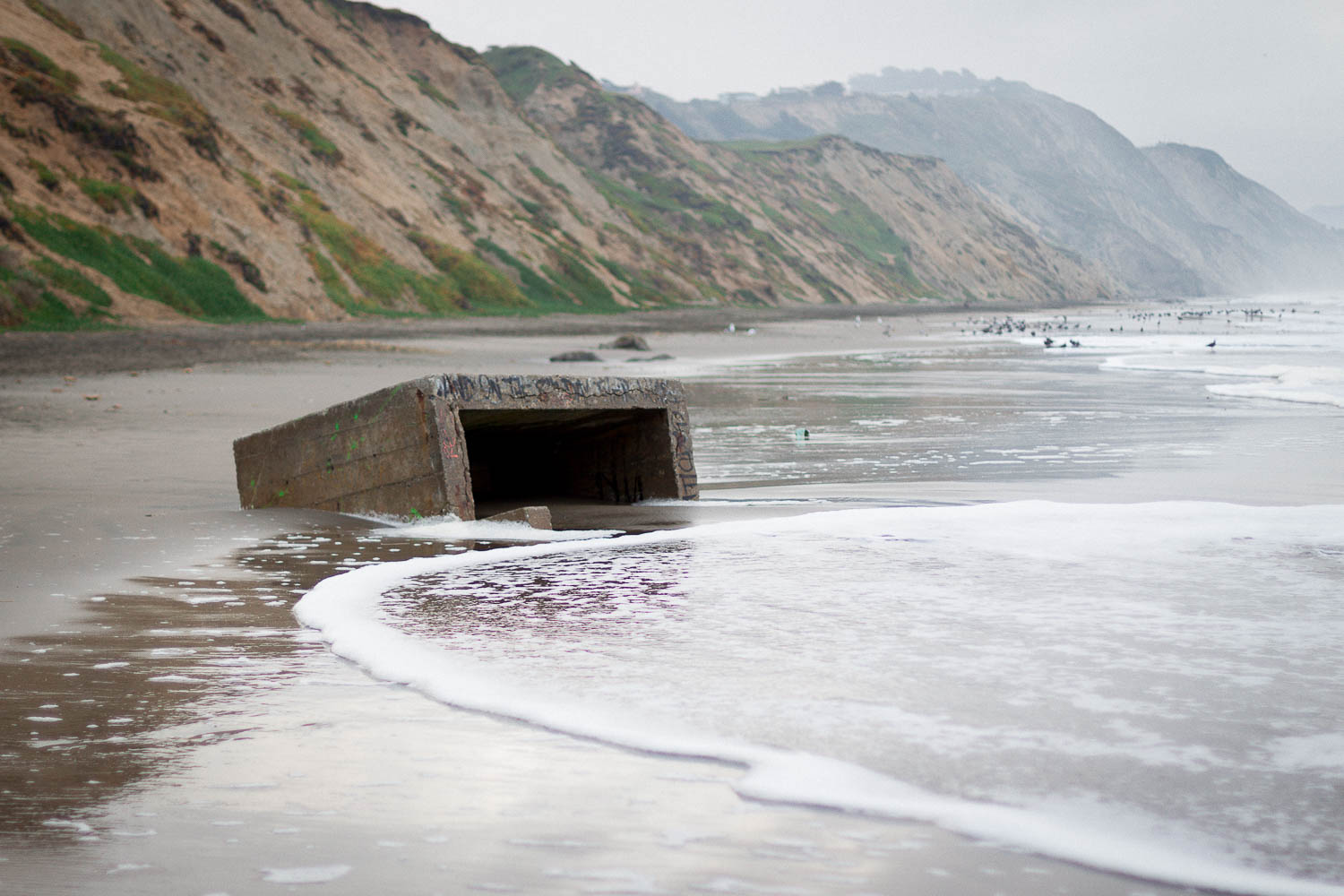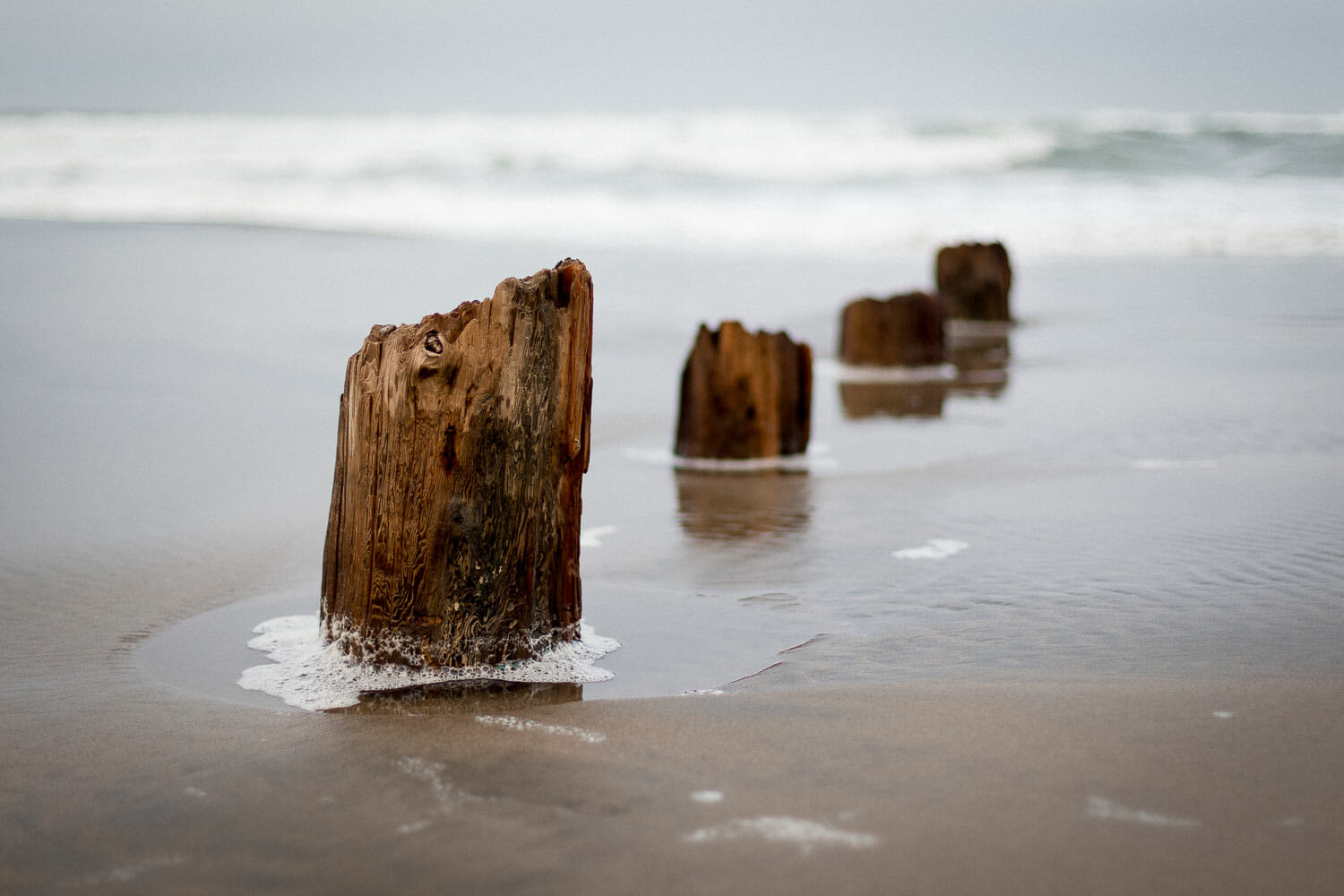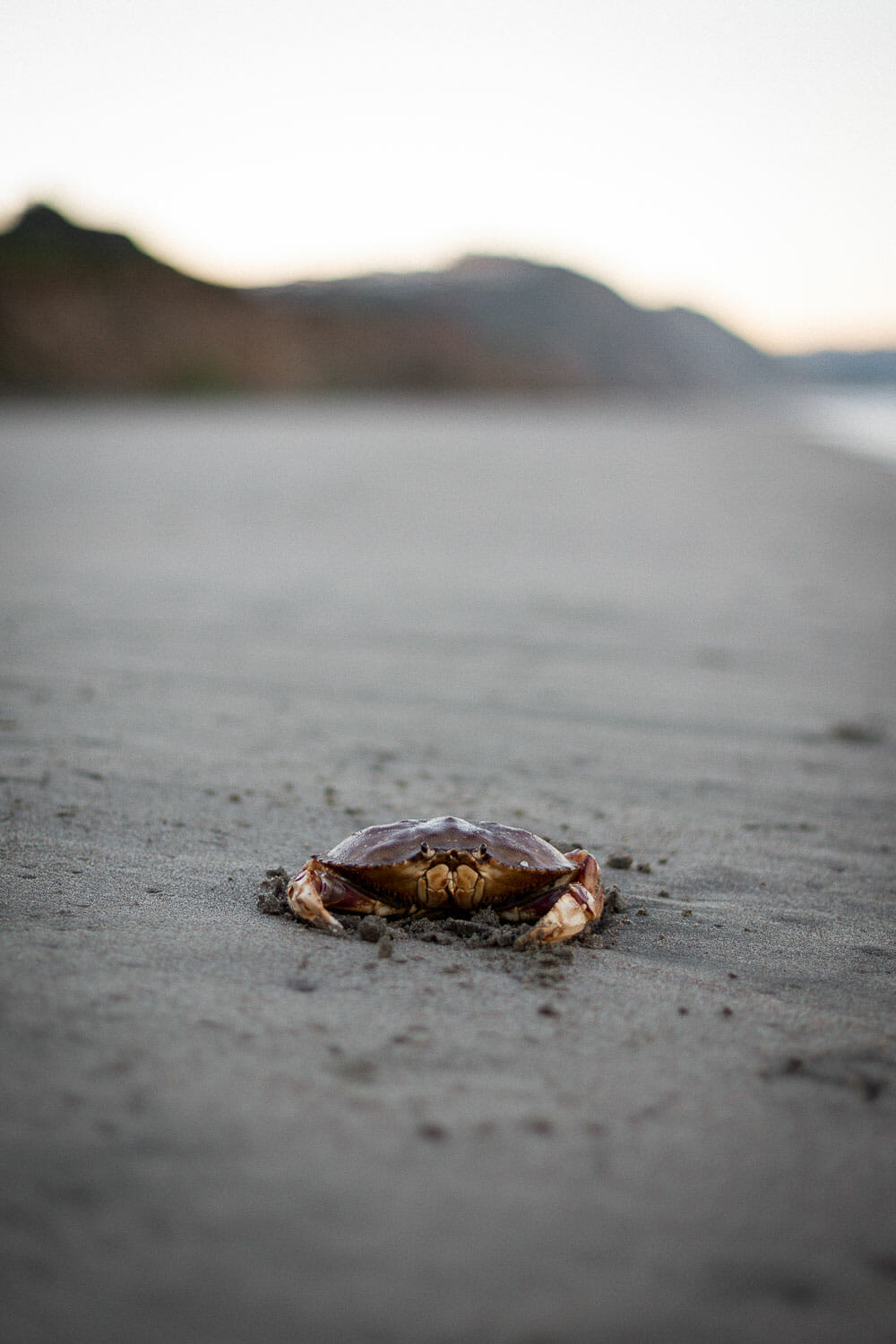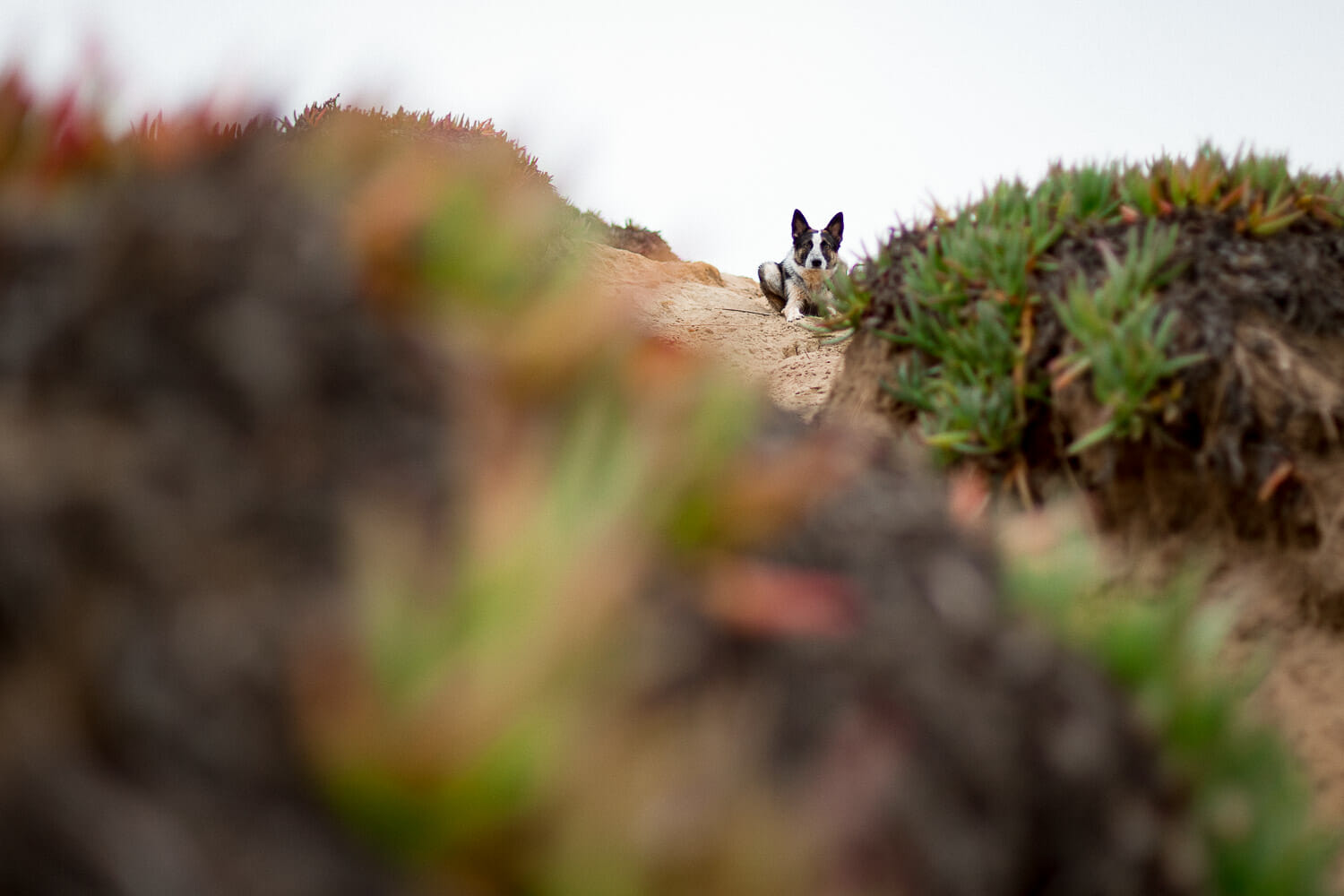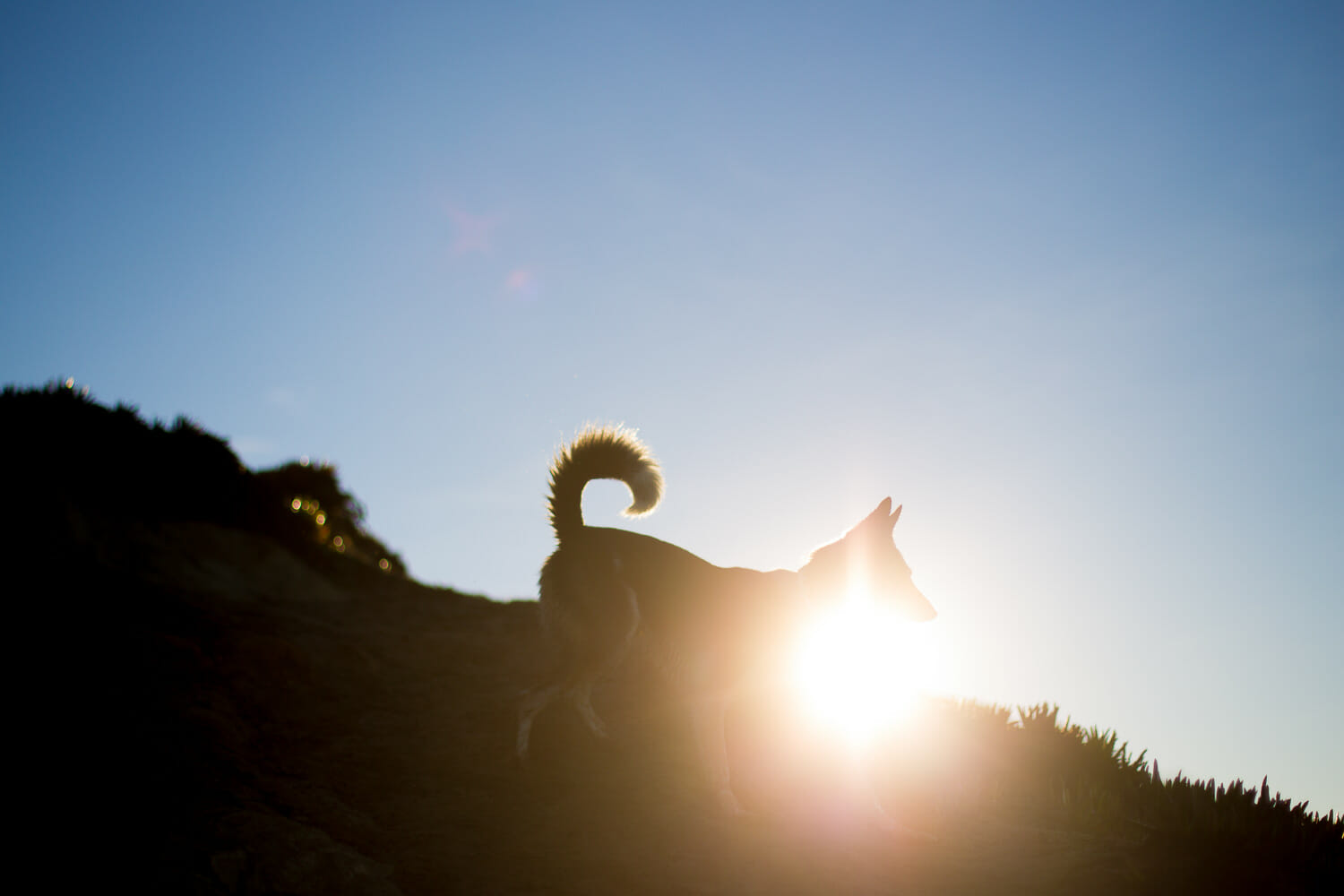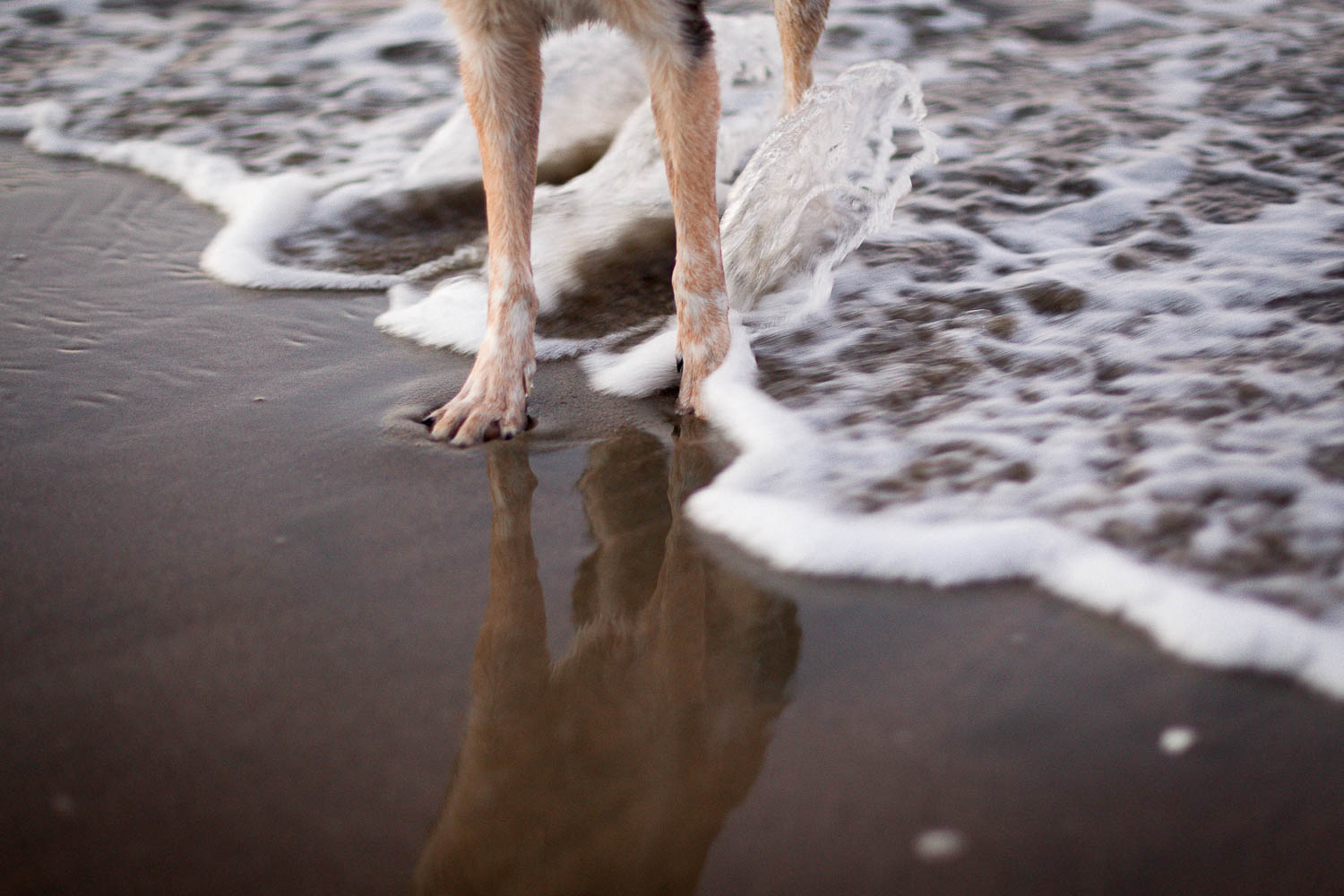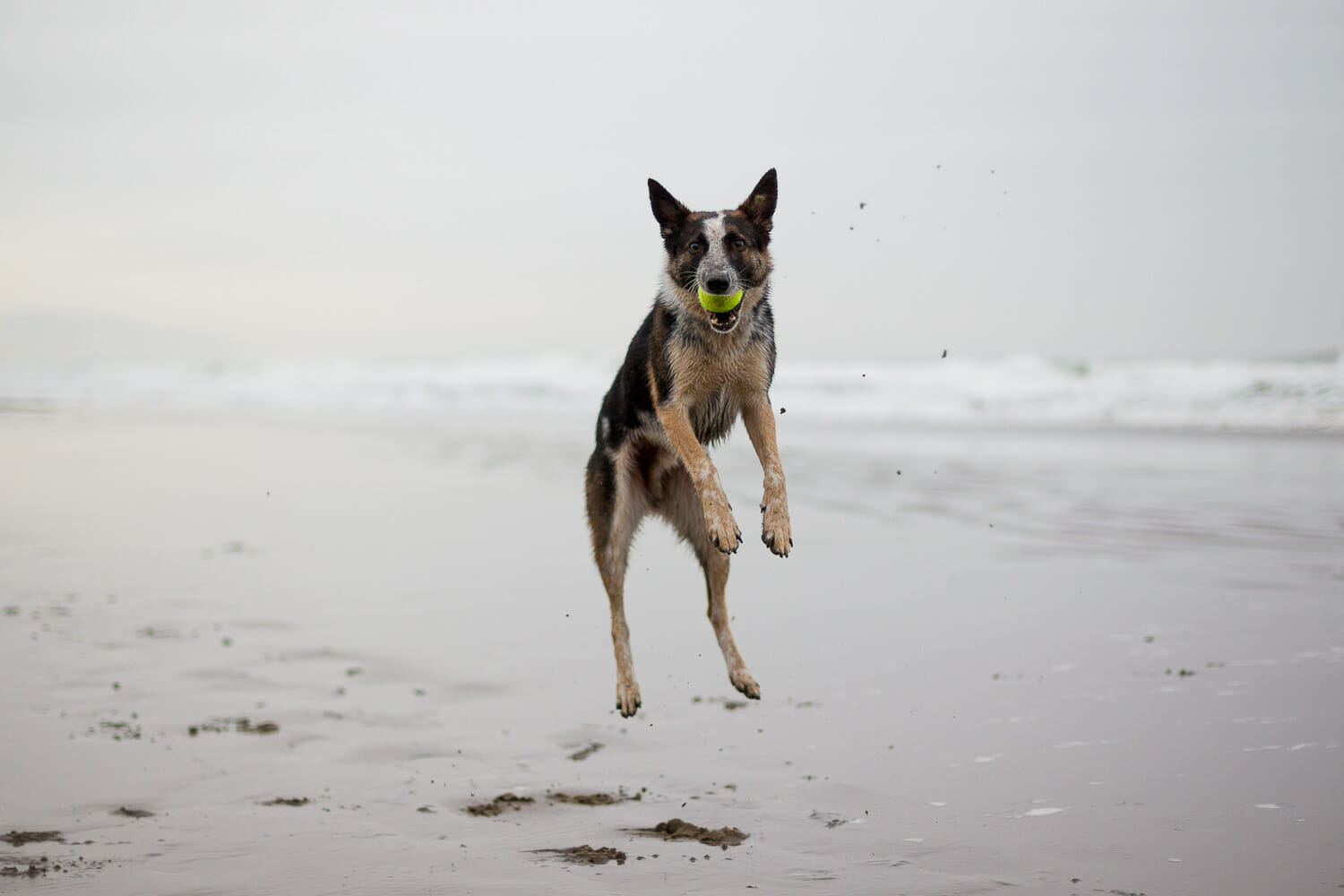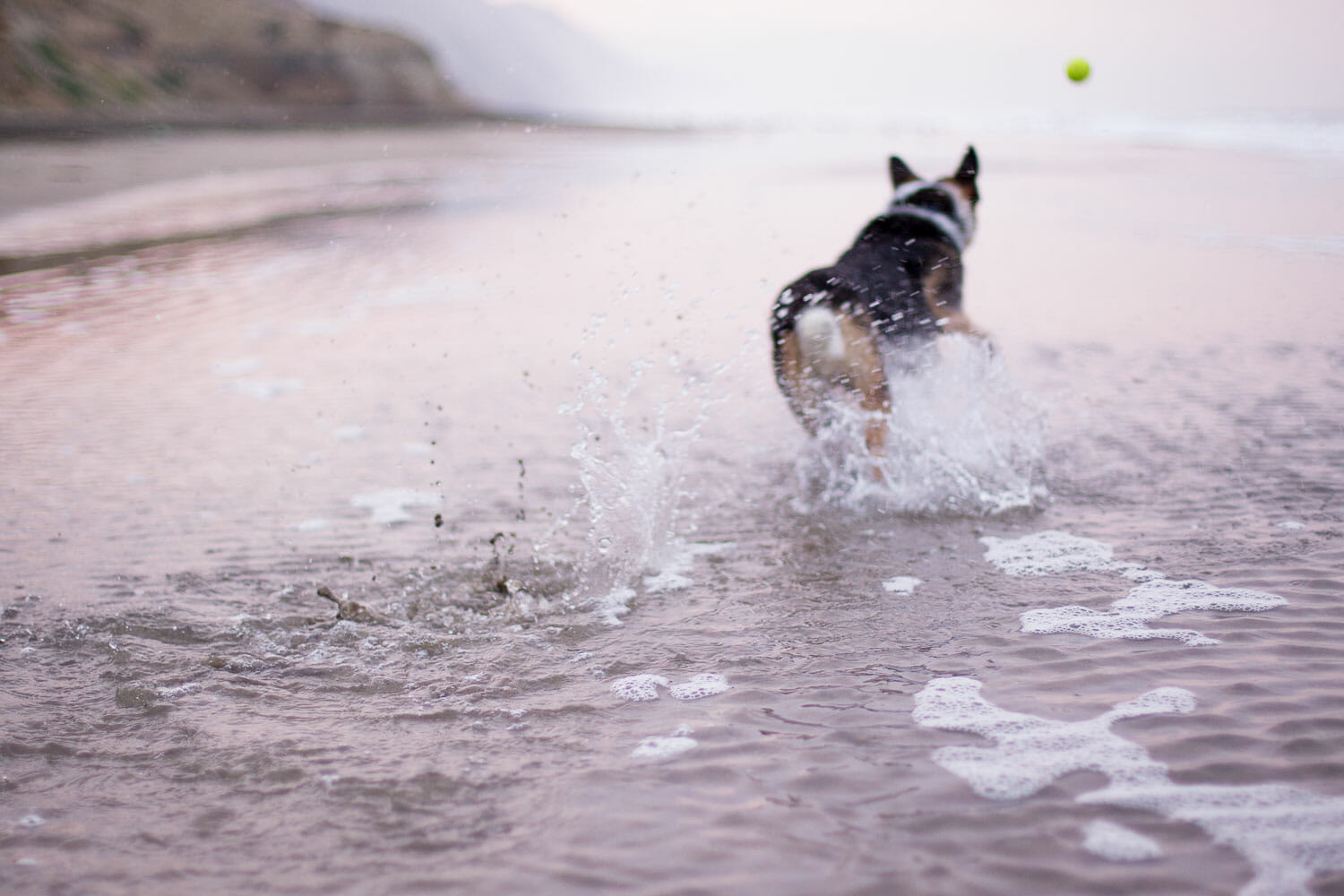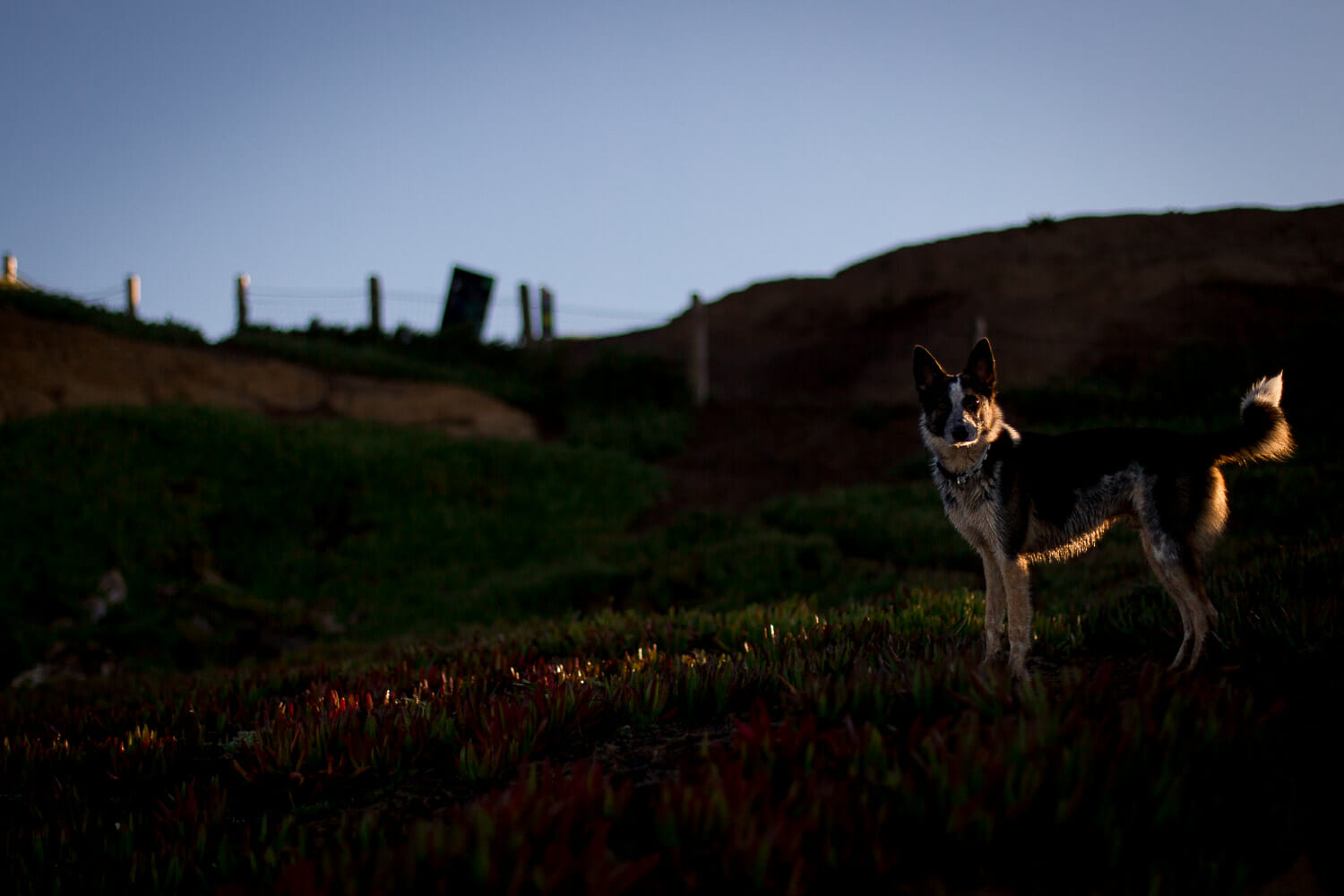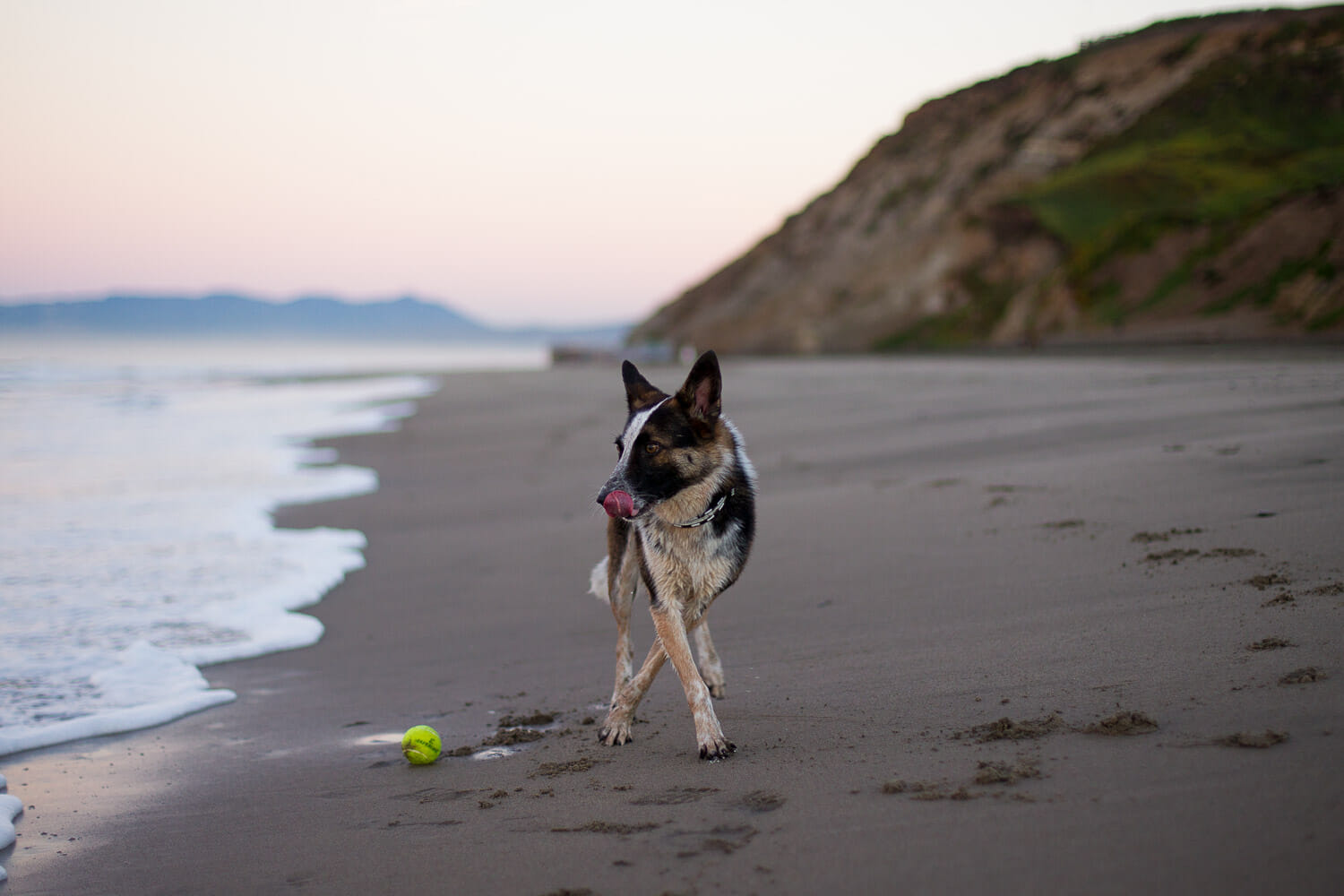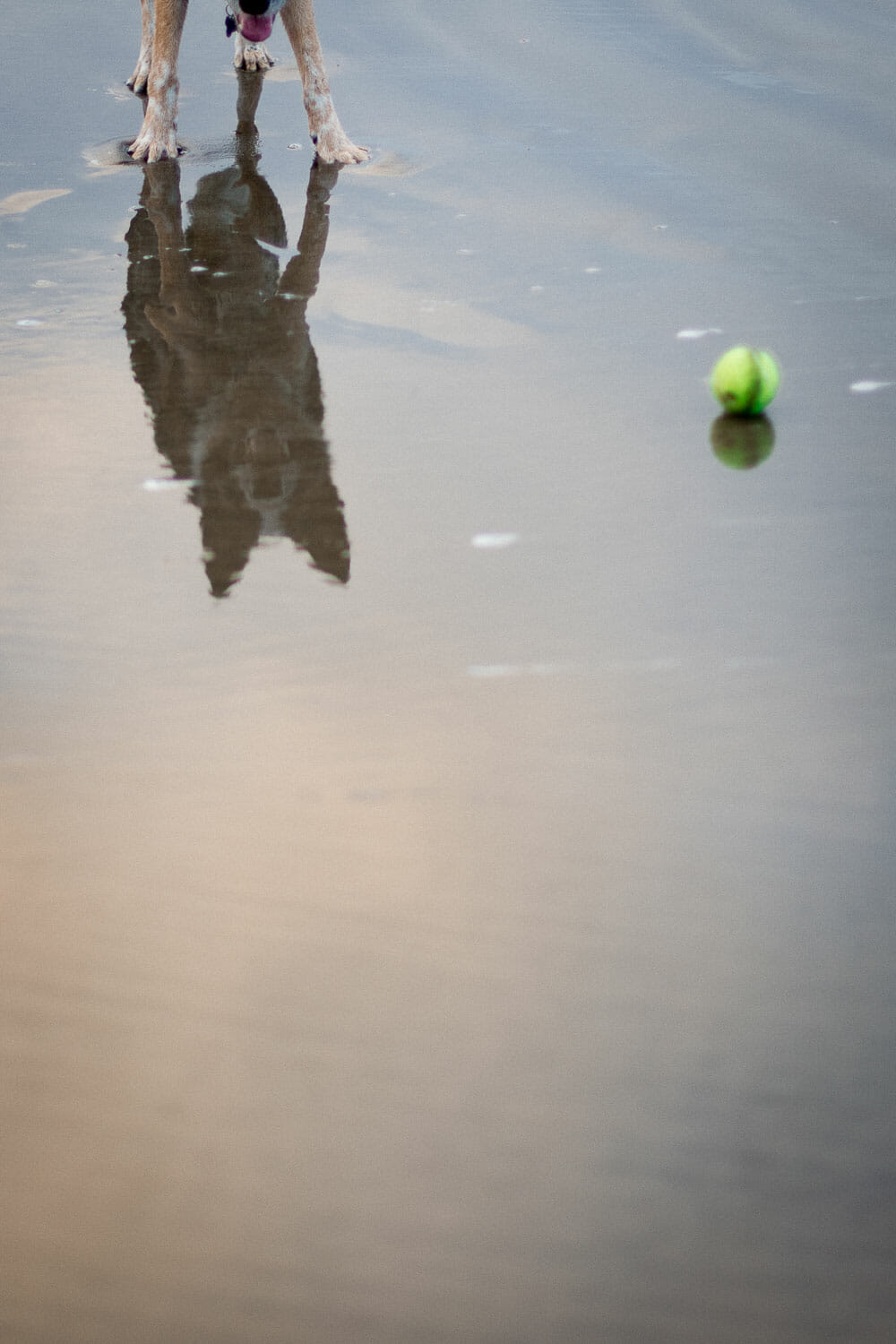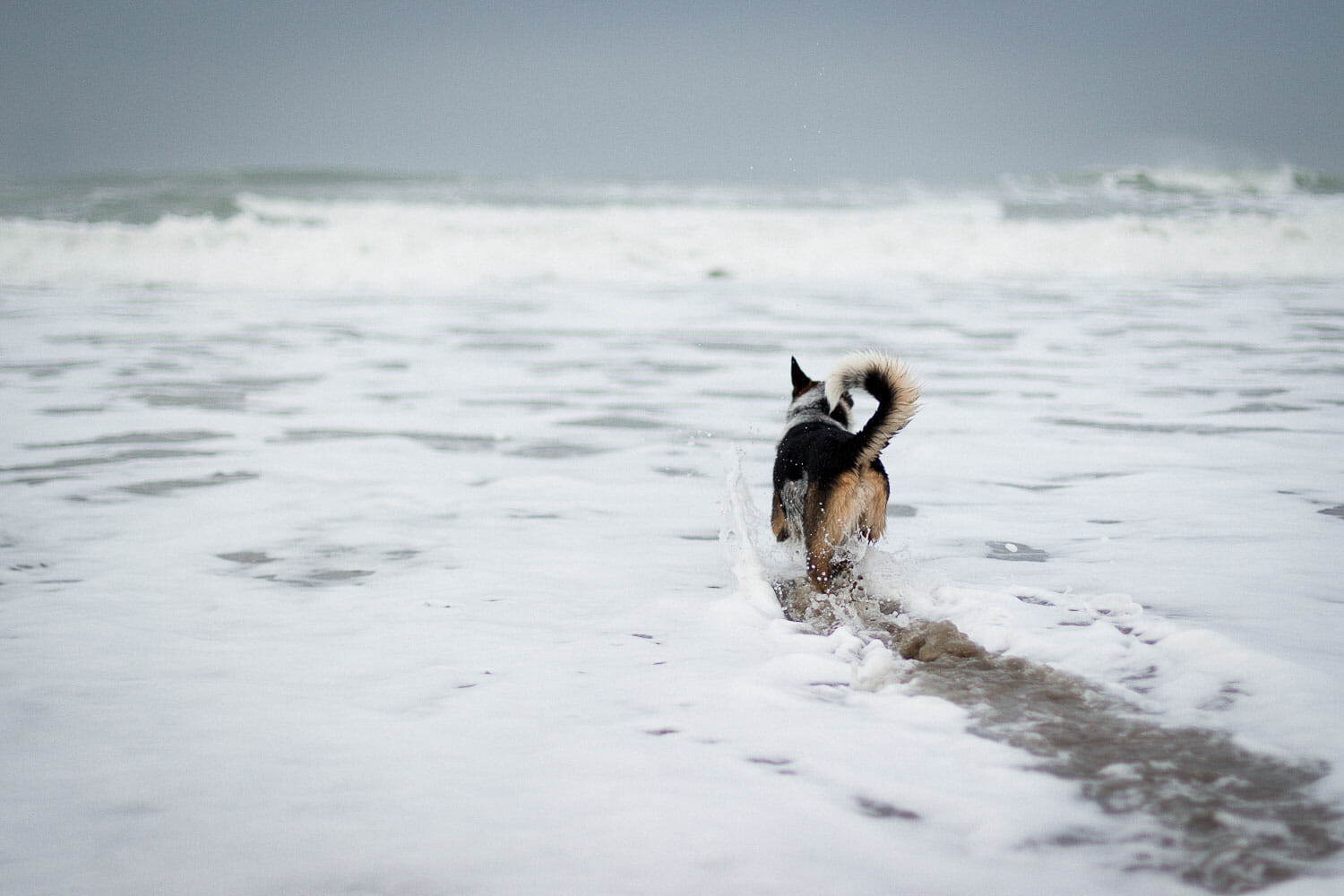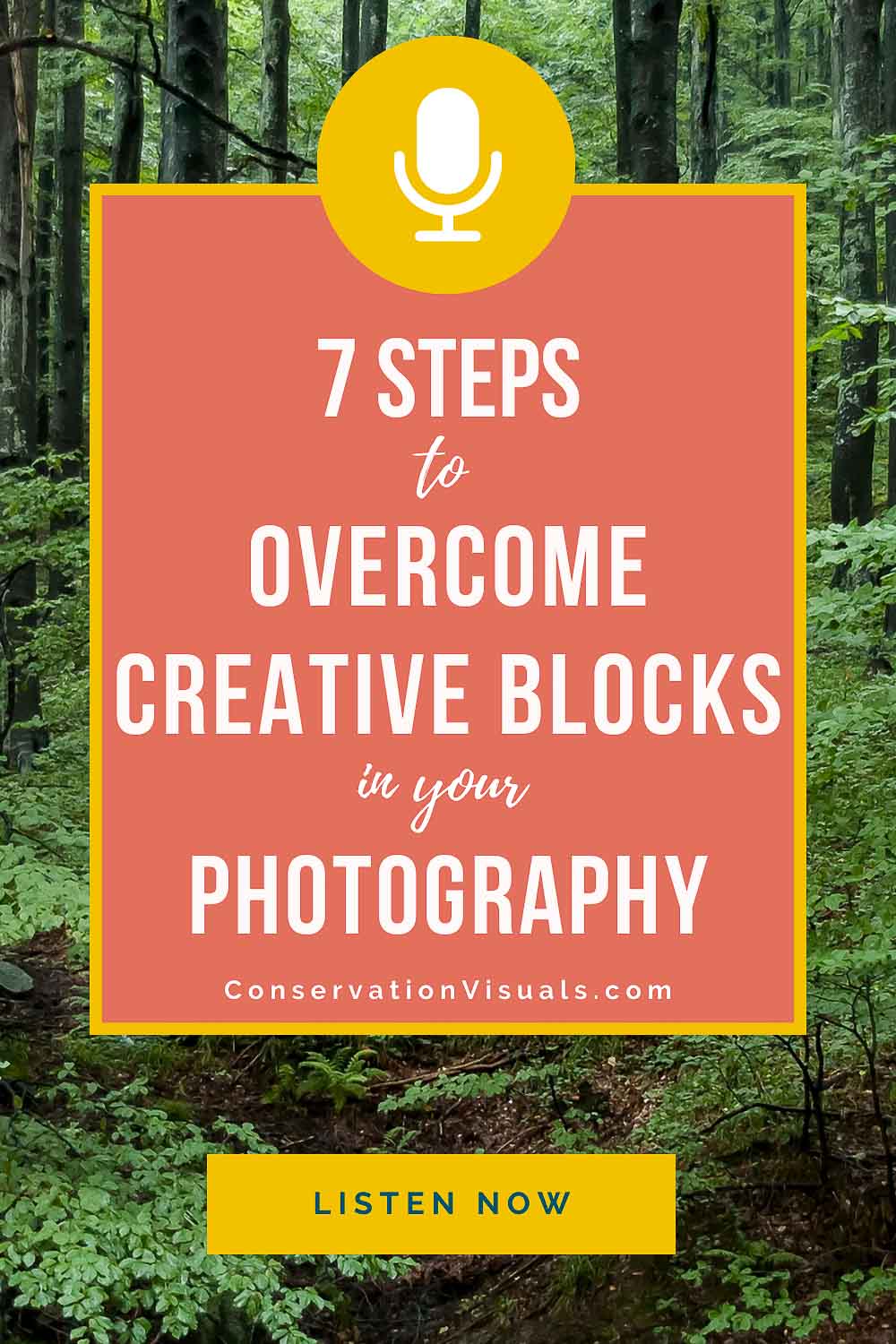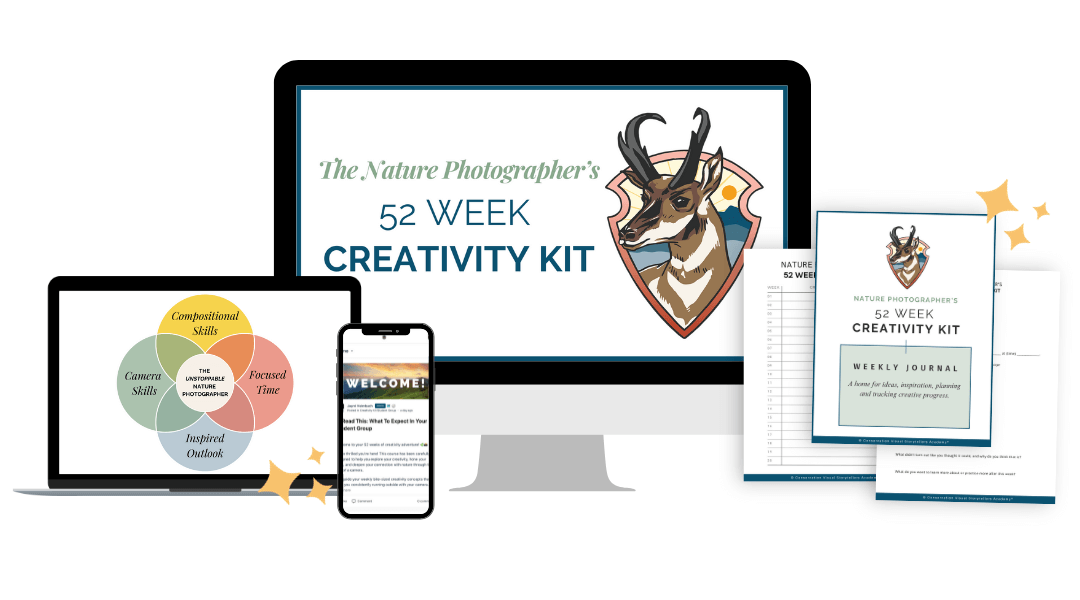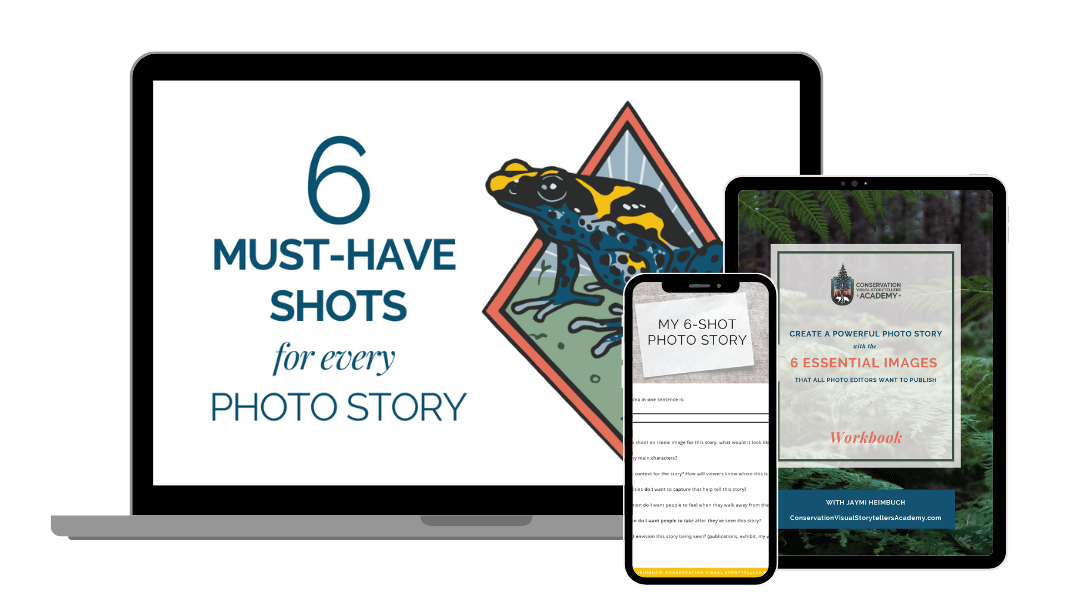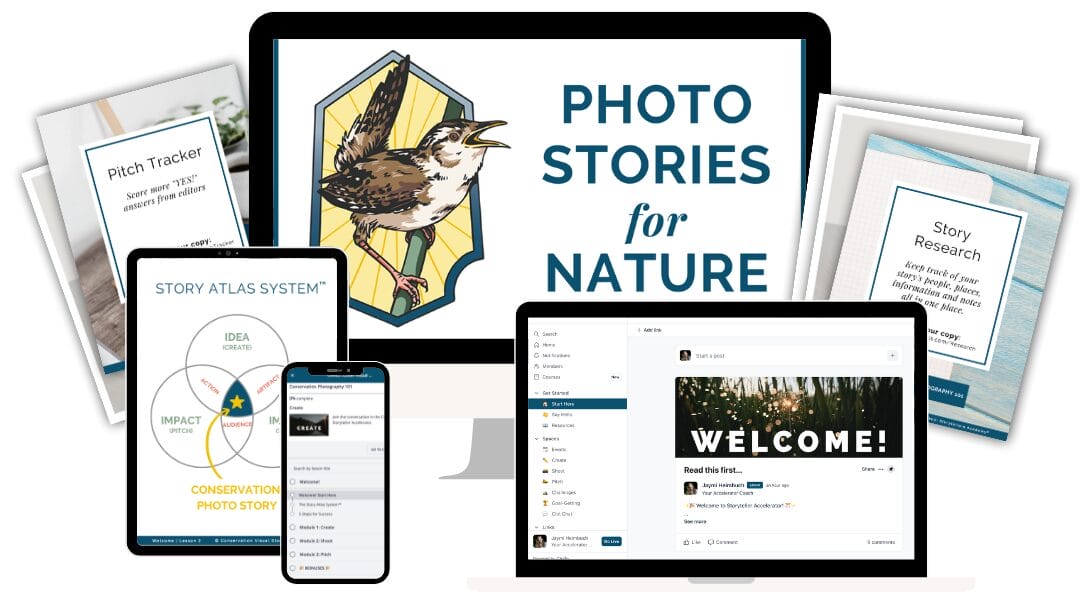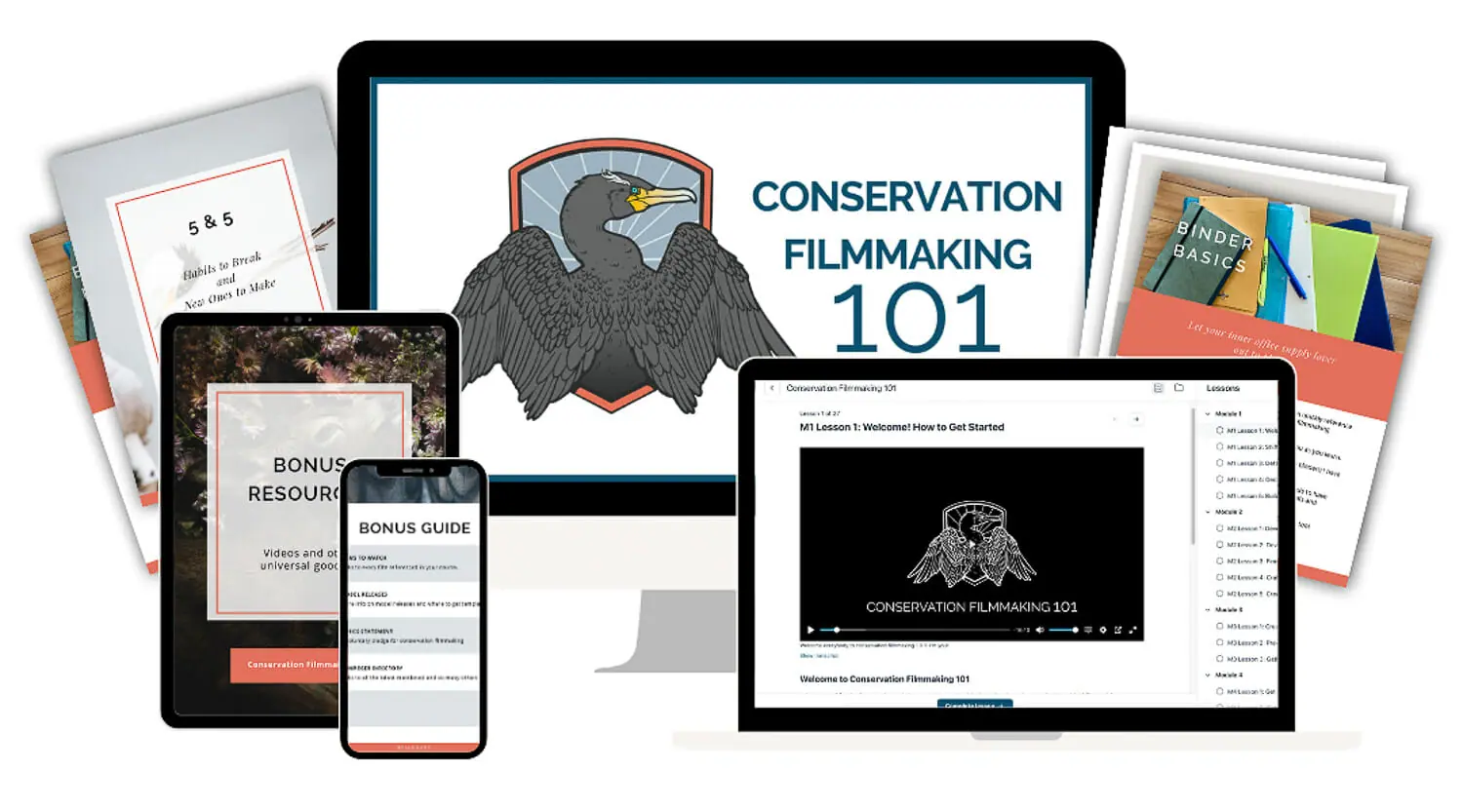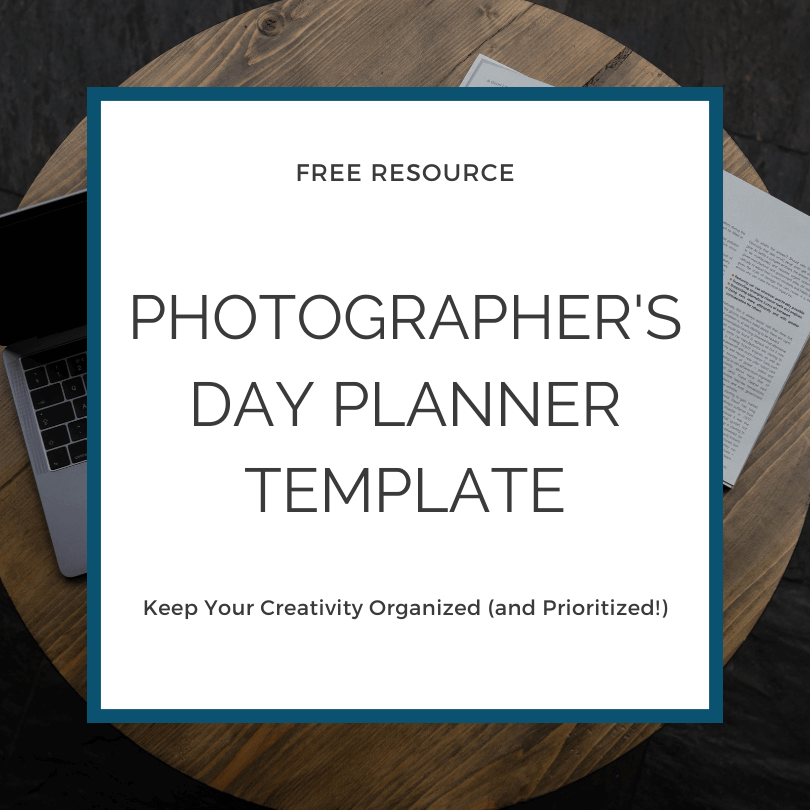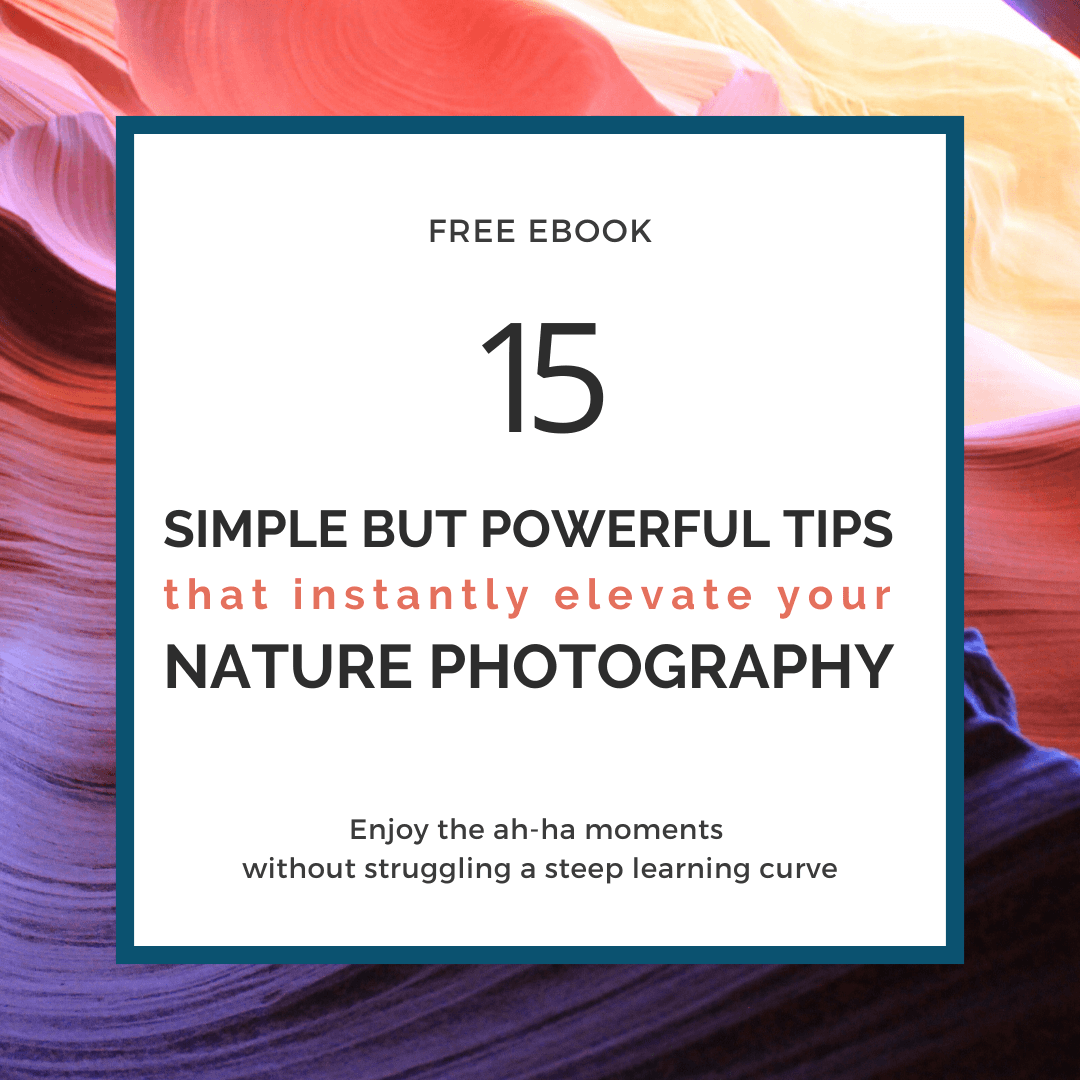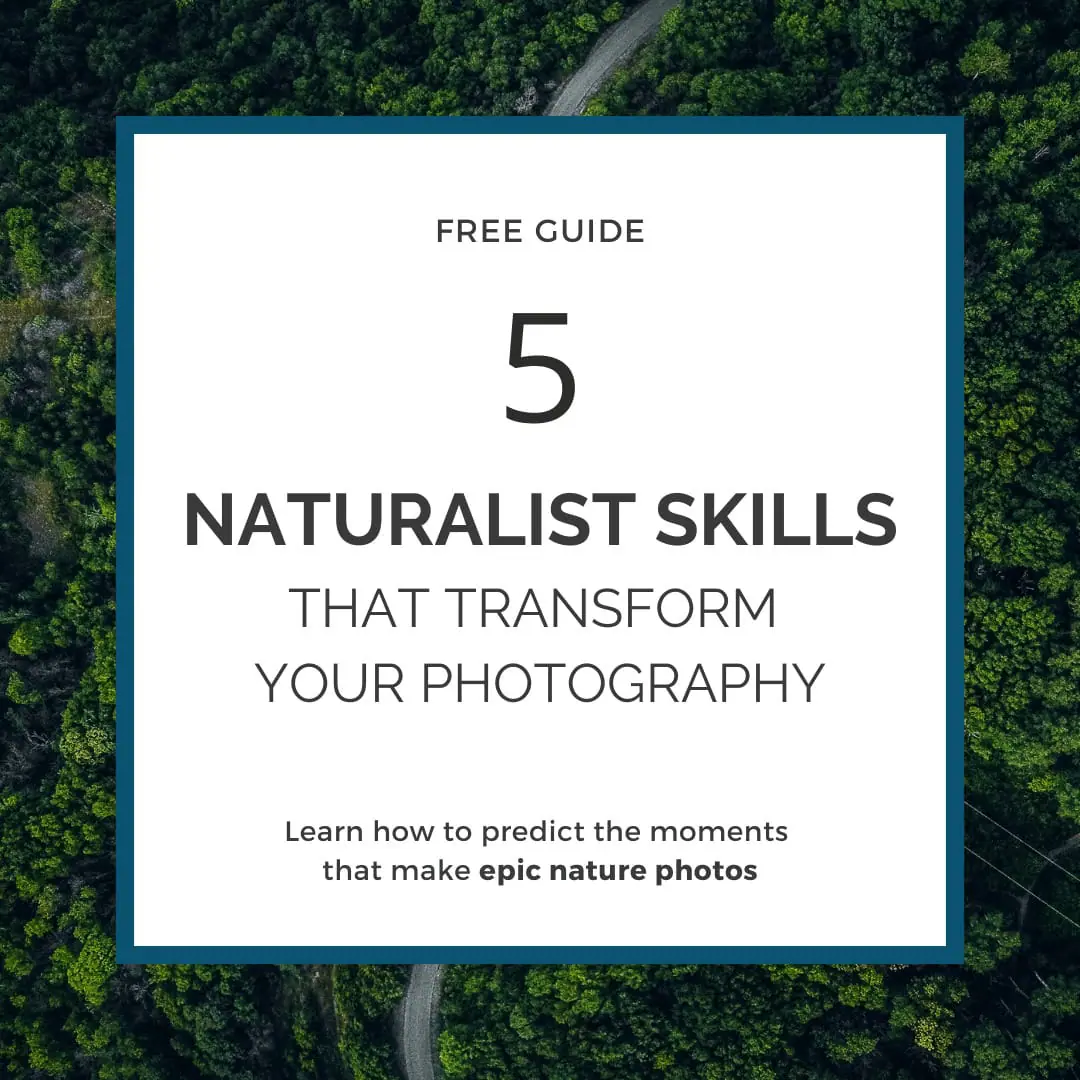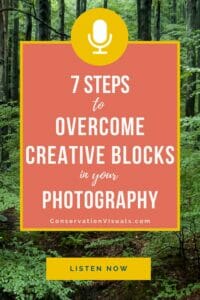7 Steps to Overcome Creative Blocks in Your Photography
Getting stuck creatively is a really easy pit to fall into. Luckily, there's an easy solution to get out of the slump.
Use a photo story “assignment” to break through a block
We all know the struggle of hitting a creative wall and wrestling to find our mojo as photographers. But guess what? I've discovered a fantastic self-assigned photo essay that's just the ticket to breaking free from that block!
I recently took on this challenge, and let me tell you, it was a game-changer.
Not only did it help get me out of this creative slump, but I also became re-motivated in my photography. It reminded me that my ability to create captivating images lies within me and my mindset.
My job as a photographer is to recognize and record the beauty and intrigue of everything around me. It's not the job of everything around me to show me how it is beautiful or intriguing so that I can record it.
Owning my skills and owning my responsibility was the key.
But, really getting into that mindset required a little creative homework, this little assignment that I gave myself.
From bored and stuck to creative freedom in 2 days
It got me thinking: how could I expect to grow as a photographer if I wasn't trying new things during these personal shooting opportunities?
I decided to craft a mini photo story using the six must-have shots for a photo story (you can check them out here). I approached it as if a magazine hired me to document my dog's morning outing over a 2-day shoot.
Armed with a shot list, purpose, and vision, I hit the beach and shot with intention.
The experience was truly fantastic! It gave me a fresh perspective and helped me see new possibilities in a familiar scene. There was a certain amount of integrity, intention, challenge, and purpose behind this outing that gave me fresh eyes for seeing the story behind these outings.
Because I was driving myself to think and see differently, I walked away with fresh images I was really fired up about.
For two mornings, I captured images that told the story of our beach outings, constantly challenging myself to think differently and try new approaches.
I continuously asked myself: What of this story have I not photographed before? What have I photographed that I could do differently?
Then it was time to curate all the images into a tight, cohesive visual story. To create this portfolio, I kept in mind the words of my peers in photography: “You're judged by the worst photo in your portfolio.”
With this advice ringing in my ears, I asked myself two questions during the sorting process:
- Which photos truly tell the story and fill it out or continue it forward?
- Which photos am I clinging to for emotional reasons?”
I carefully selected 12 images that spanned all six types of must-have shots for photo stories.
The final product gave me a massive boost of joy and confidence as a photographer and artist.
Though it may have been challenging, completing this self-assigned photo essay allowed me to hone essential skills like shooting, storytelling, portraiture, and editing.
So, if you're looking for a way to bust through a creative block and sharpen your photography skills, give this exercise a try! Trust me, you'll walk away inspired, motivated, and ready to take on the world with your camera in hand.
Here's exactly how you can go through and do the same exercise and find the same motivating, inspiring results.
7 Steps to breaking creative blocks with simple photo stories
Step 1: Embrace the “boring”
Pick a scene or routine that feels mundane to you – something you do often or see all the time. The goal is to choose a subject that seems like there's hardly anything left to photograph.
Step 2: Craft your story
Reflect on your previous photos of this location or routine. What do you like about them, and what do you want to change? Decide the angle you want to take for your photo essay and the story you want to tell.
Step 3: Create a rough shot list
Consider how different shots can convey the story, such as focusing on details or providing context. Jot down any ideas that come to mind, using the six categories of images that form a photo essay as inspiration.
Step 4: Shoot with purpose
Head out to your location with your shot list in mind (or even written down) and start capturing your “boring” scene. If you fall into familiar patterns, stop and ask how you can approach the shot differently.
For instance, can you bring in some interesting photography techniques that push the envelope and turn a “regular” scene into something more artistic? Think about using low-key or high-key lighting for nature shots, or focusing on minimalism in landscape shots.
Step 5: Curate a storytelling portfolio
Select around 12 images from your shoots that tell a compelling story about your location or routine. Arrange them in a logical order for maximum impact. Need help? Check out Episode 3 for guidance on creating a storytelling portfolio, or our guide on creating photo essays.
Step 6: Assess and learn
After a few days, review your photo essay, noting what worked and what didn't. Celebrate your creative breakthroughs and consider how you might refine your techniques or push yourself further in future shoots.
Step 7: Rinse and repeat
Whenever you feel stuck, use this process to breathe new life into familiar subjects. You'll be amazed at how your creativity flourishes and your photography skills grow!
Now go out there and conquer that “boring” scene with newfound excitement and creativity. Happy shooting!
Resources Mentioned
6 Must-Have Shots for a Photo Story
Learn how to next-level your nature photography in one afternoon. Get the breakthrough training that turns nature photographers into visual storytellers so you can reach a bigger audience and inspire people with your photo stories.
Episode 012: Break Through Creative Blocks in 7 Steps
Shownotes: ConservationVisualscom/12
(Digitally transcribed, please forgive any typos)
__________________________
Jaymi Heimbuch:
Getting stuck creatively is a really easy pit to fall into. Especially when you're in a very familiar place and you just aren't sure how to see it with fresh eyes and make photographs that are both unique to viewers and, that air energizing for you. I have been in that slump before, for sure. And there was a trick that I used to get out of it, that worked really well. And not only did it help to get me out of this creative slump, but I also became re-motivated in my photography as a whole because it reinforced that my ability to create images is all dependent on myself and my mindset. And it's not at all dependent upon my location or my subject.
It is my job as a photographer to recognize and record the beauty and the intrigue of everything that's around me. It's not the job of everything around me to show me how it is beautiful or intriguing so that I can record it. Owning my skills, owning my responsibility, were the key. But, really getting into that mindset required a little creative homework; this little assignment that I gave myself. And in this episode, I'm walking you through the assignment that I gave myself that worked like gangbusters to break me out of that creative slump. And I think that it could be a wonderful tool for you to lean on if you're finding yourself with a creative block or, you know, feeling just playing board with your images. So let's dive into what that helpful little assignment is in this episode.
Welcome to Impact: The Conservation Photography Podcast. I'm your host, . And if you are a visual storyteller with a love for all things wild, then you're in the right place. From conservation to creativity, from business to marketing and everything in between, this podcast is for you, conservation visual storyteller who is ready to make an impact. Let's dive in.
So here was my situation. I was living in San Francisco and taking my dog out several times a week to the same beach for sunrise runs. It was a beautiful beach. It was always a gorgeous sunrise, even if it was totally fogged over, as can often happen in the Bay Area. It was a beautiful place to be, and I was taking my camera with me every time we went out, because that was the only time that I really got to shoot. Most of my day revolved around computer work, so, you know, I was being the good photographer and shooting when I could. But, man, I was getting bored. I mean, I love my dog, but there's the same dog, the same beach, the same time of day. I was getting the same old shots. And if I was bored with these shots, how could I expect an audience to endure them? And more importantly, how could I expect to grow as a photographer if I wasn't trying new things during these personal shooting opportunities?
So what I decided to do was to take advantage of the fantastic creative freedom that I have every time I head out the door with my camera. Even if it is a routine trip to the same old beach, this is an opportunity that I should be taken advantage of. But how. What was I going to do differently? So my solution was to assign myself a photo essay and this photo essay it was going to include the six must have shots that I always talk about that are so critical for a complete photo story. You can get the total breakdown of what the shots are in Episode 7. But I knew that I was gonna use them as a foundation.
I'm going to take this routine kind of boring situation, and now it's an assignment. And I was going to approach as if I were hired by a magazine to document the story of this dog's morning outing. And instead of going to the beach and just snapping images, I would go in with intention. I'd have a shot list, a purpose and a vision for what I would walk away with.
So the experience in assigning myself this was really fantastic. I came away with images that I was pretty fired up about because I was driving myself to think differently about the situation and to see it differently. I felt like because I was assigning this to myself as if it were coming from an editor. There was a certain amount of integrity and intention and challenge and purpose behind this outing that just gave me totally fresh eyes for seeing the scene in the situation and the story behind these outings.
I found that this exercise is just brilliant for breaking through these creative barriers. It's like the photographer's version of handling writer's block. Since doing this the first time I've been able to repeat it and it works and works and works, it's super helpful.
So here's what this process, this assignment kind of looked like. So on a regular basis, I will pull out books and pull up websites to study the images of other photographers. I'm looking for things that I might want to try out for myself or for new ways of seeing a scene or for anything that might inspire me. And I also use this as a practice to remember who I am. Like, what I like and don't like, as far as my own style or habits are as a photographer. What I want to really dig into and lean into and what I want to kind of venture out of and expand.
I mean, I talk about finding style and some of this process in Episode 11 so a lot of this kind of plays into that. Really, considering what my style is and how I want to expand that and how I want to really lean into that and almost double down on what I'm doing that is unique to me is a photographer.
So for a couple hours the night before this assignment day that I gave myself with my dog, I looked through the images of pet photographers whose styles I really admired and that spoke to me. I focused on which aspects of their styles I recognize in me, but so far not really incorporated in my own work when I'm out there photographing my dog. So what settings or compositions have I not experimented with yet? What rules have I've been clinging to that maybe I need to give myself permission to break.
So armed with my assignment on this fresh inspiration on this new lock on what of me I want to keep and what of me I want to push forward, I headed out. And for two mornings I shot with purpose. So while my dog did pretty much the same thing as usual, you know, he's running full speed down the beach for two hours, and we're playing fetch, and going all over the sand dunes, I looked at everything that we usually do together during our runs with an eye for how I would capture images for each of these six categories of photos in a photo essay.
So how would I tell this incredibly simple story? And how would I do it in a way that doesn't feel old to me. This was what I was holding in my head the whole time that I was out there shooting. I had the same ingredients as always. I had a few miles of empty beach. I had ice plant covered cliff sides on one side and the ocean on the other side. I had a morning that the light shifts from really dark, almost black. It's so dark when we would go out there to purple to gray and then on really good mornings shifting to pink. There's a neon green tennis ball that we always have with us. There's this dog with endless energy. I mean, these components are pretty much the same every single day.
What of this story have I not photographed before? What have I photographed that I could do differently? I approached every photograph that I took with more analysis and the more that I did that, the more inspired and excited I became. Some shots worked, some shots didn't. A lot of them fell into the been there, done that category because, of course, this is an exercise, and it's a challenging one. But overall, I felt like I had totally ripped through that thick wall of creative block that I had been basically lounging against for way too long.
Out of the pile of images from these two morning shoots, I narrowed it down to my wide edit.
And if you want to know what I mean by wide edit and tight edit and basically how I go through and at it down a portfolio into a photo essay, I talk about all of this in Episode 3.Which is all about how to create portfolios with a five step process. So Episode 3, if you want to dig into that.
But basically I took all of my images from these two morning shoots and I narrowed it down to my wide edit. And then I separated the images into kind of which category I shot them for. So which of these six types of shots was I shooting that image for and I basically put them into these six buckets.
And as I did that, I kept thinking in my mind, does this tell the story? Is this image part of the story that I've already told before? Or is this a fresh version of the story of you know, this dog's morning run? And as I'm doing this, I am kind of hearing the words of my colleagues and my peers in photography. They're kind of looping around going.... You're judged by your worst photo in your portfolio.
It kind of doesn't matter how phenomenal one or two images are if there's one or two really terrible images in that portfolio. So with that in mind, I had two questions to ask during that final sorting.
Which photos truly tell the story and fill it out or continue it forward? And which photos am I clinging to for emotional reasons? Because they don't actually have a place in the story. I just like them.
My goal was to whittle it down to 12 images that spanned the six types of images for a photo essay. I'm going to include the images that I ultimately selected in the show notes as a slide show. You can see that I kept a few more than 12. I am not perfect at this process, and I definitely have some in there that I just like or there's a couple of images that pair really well together, so I kept both.
But the process is more important than the finished product in this case, because it is ultimately a personal photo essay. I'm not actually submitting this to an editor, and my reluctance to slice out images that I'm attached to is definitely a skill that I am continuously working on. Time and distance are, after all, two of the best tools for editing. So going back into a photo essay again and again is certainly helpful. But I'm leaving what I narrowed it down to as a slide show in the show notes. So you can see kind of what this exercise ultimately turned into.
Did I succeed with this assignment? Well, ultimately that is truly up for the viewers to decide. But I know that this self assigned photo essay helped me to break through a creative barrier. It helped me to hone important skills that I want to use in shooting, in storytelling, in portraiture and editing. And, it provided me with this boost of joy and confidence as a photographer. So that counts as success to me.
Here's exactly how you can go through and do the same exercise and hopefully find the same motivating, inspiring results.
Step Number 1. What is one of your most boring or routine scenes? So ask yourself - What is it that I do often that is so routine for me or something that I see all the time that is so routine? Select something that seems like there's hardly anything to photograph. Or you photographed it so extensively already that you're almost bored of it, and that is going to be the subject of your assignment.
Step Number 2. Decide on what you like about your existing photos from that location and what you want to push forward about your images. So you're also going to decide kind of what angle you want to take on your photo essay as you ask yourself this question.What story do you want to tell? Basically, figure out what you are familiar with and really like, and what you really want to lean into or what you really want to shift as you shoot the story of this location. That's gonna really help you figure out your approach.
Step Number 3 is to make a rough shot list. You can write down any ideas that pop into your mind about what you might want to photograph in this location. And you can actually use these six categories of images that form a photo essay as a helpful kind of prompt or buckets to put your shot list ideas into. Again, you can find all the details about that in Episode 7.
It can help to inspire you to think about a scene really differently and to put yourself into different positions both mentally and creatively when you're thinking about the types of shots that you might want to make. Are you going to really dig into the details of the location? How do those details tell the story of that location? Or you might think about how are you going to express context for this location? Say, you are going to photograph a park that you visit all the time, then how are you going to express the context of this park within its larger environment? There's a lot of things that you can do during step number three with creating a rough shot list that can spark creativity and a lot more energy about going out and photographing this location.
Step Number 4 is to shoot with your list in mind. So you're gonna hand out to your location and have your shot list in mind or even written down with you and start photographing your "boring" location. So if you find yourself working in an overly familiar way, stop. Ask yourself what you can do to change the way that you are shooting this same shot. Literally stop in your tracks and think, OK, well, how can I do this differently? Is it an angle? Is it settings? Is it rethinking the composition completely? What can you do for this shot that you were just taking to make it more creative?
Ultimately, you don't want to leave the location until you think you have at least two solid images to take a familiar scene or subject that you photographed a lot and you've completely rethought or redone how you photograph it. So, if there's a tree in this park that you have photographed often, don't leave that location until you have at least two images for that tree that reframe it completely; that are really a creative kind of breakthrough for how you've approached it.
Step Number 5 is to take all of your images from your entire outing, (and this could be one outing or multiple outings), but take all of your images for your assignment and narrow it down until you have 12, or so, that tell the story of this place or this routine. You'll place them in an order that tells your story in a logical way. And again, you can go back to Episode 3. That's where I walk through this five step process for creating a storytelling portfolio out of a collection of images. That could be a really helpful episode that can guide you through this Step Number 5
Step Number 6 is after a few days, go back to your portfolio, go back to your photo essay and study it. What strategies or new techniques did you try that worked for you? And what did you try that totally didn't work for you? Really study your essay, study how you approach things differently and figure out - What about that exercise you want to keep, what you can toss? How might you do a better job of shooting an image for a particular component of this photo essay? And are there shots that still feel maybe a little routine? Maybe you need to go re shoot them in a fresh way.
Get pretty nitty gritty, but also, leave your study session thinking about everything that you did right in your photo assignment. Think about all the ways that you broke out of your creative barriers and also all the ways that you might want to go push yourself a little bit more, go a little bit farther in that creative thinking.
Revel in all the ways that you got creative. You experimented and you pulled off images that you really love out of this location or the subject that was so familiar you thought that it was too boring to be photographed. That is such an accomplishment! To go into a place where you're just like - really? what is here to photograph? You managed to pull off an entire photo essay of really interesting, beautiful, creative photos that you're excited about. That is when you know that you totally broke out of that creative block.
Step Number 7. This one's really easy: rinse and repeat. Just take that process and every time you feel a little bit stuck, go through it again. Approach a really familiar boring scene or location or subject as if you've been handed an assignment from an editor to tell its story. Do the work that you would normally do is if you were taking on an assignment and, My Goodness, you will see how much your creative legs will stretch.
Now, if you go ahead and do this exercise, I would love to see what you create from it. If you posted on social or if you put it on your website, please tag me so that I can see it. Or better yet, come in to the free Facebook Group: Conservation Photographers and share that photo essay in there. This is our amazing group of hundreds of conservation photographers who all are there for creativity and support of one another. It is the perfect place to come in and post your photo essay, and we can all kind of share in the fun and the joy of this assignment that you gave yourself.
The link to join Conservation Photographers, again, it's a free Facebook Group, that linked to join is in the show notes, and you are more than welcome to join us inside of that group. So I hope that this has inspired you to grab your camera and head outside to shoot with a more creative mind set. And meanwhile, I will talk to you next week.
Before we wrap up, I would love to ask you to do one quick thing: Subscribe to this podcast. As a subscriber, you'll not only know when each week's episode goes live, but you'll also get insider goodies like bonus episodes. You might miss them unless you're subscribed and I don't want you to miss out on a thing. So please, tap that subscribe button and I will talk to you next week
________________
Impact: The Conservation Photography Podcast
JaymiHeimbuch.com/Podcast
